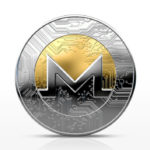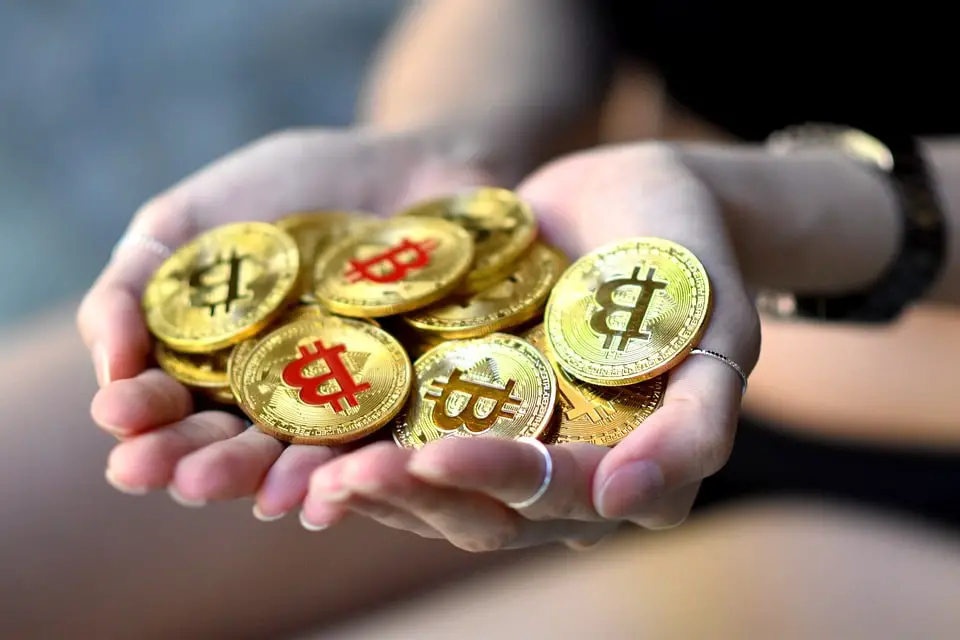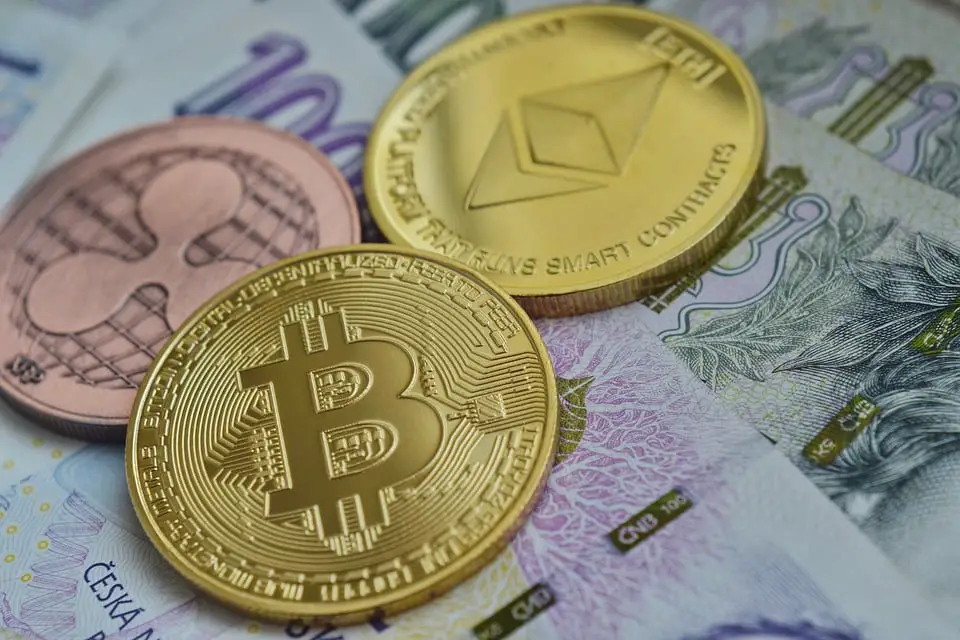The world’s largest crypto exchange announced earlier today on its website that from 09.29. introduce an automatic conversion for the USD coin. Existing USDC balances on the user accounts and new deposits are automatically converted into the in-house stablecoin BUSD. For withdrawals in USDC, these must first be converted from BUSD. The conversion shall take place on a 1:1 basis.
Also, Binance is simultaneously eliminating key USDC-related trading pairs, including: BTC/USDC, ETH/USDC, USDC/USDT, or USDC/BUSD. All pending orders for trades with USDC should be canceled.
The same applies to two other stablecoins, including USDP and TUSD. As a reason, Binance explained that it wanted to expand “liquidity and capital efficiency for users”. At the request of BTC-ECHO, a spokesman for Binance announced that the change also affects customers from Germany and Europe. For more information on the change, refer to the FAQ section of the website.
BUSD-Zwang
The announcement came as a surprise to many. After Tether, the USD coin is the largest stablecoin on the crypto market and should therefore not be missing from the largest stock exchange. USDC is tightly regulated and backed by big companies like Coinbase and BlackRock. Therefore, it is considered relatively safe.
To a certain extent, Binance deprives its customers of the right to choose the stablecoin of their choice. Against their will and preference, the platform is now converting the USDC balance into BUSD. If you don’t want that, you can’t use the exchange as usual.
Binance could soon only be used with its own stablecoin. This bundles liquidity, but also increases centralization. Payouts are converted back to other stablecoins. But what happens if the Binance stablecoin fails beforehand?
Only having to work with one stablecoin certainly makes things easier for users. BUSD is dominating dollar trading pairs on the exchange anyway. Stablecoin deposits are converted directly into them, making the platform more efficient. This argument should come in handy for Binance.
Battle for stablecoin supremacy
It is difficult to say whether there is more behind the action. BTC-ECHO market expert Stefan Lübeck points out that in addition to the advantages of an improvement in liquidity due to the increasing centralization on the in-house stablecoin BUSD, this step could also be crypto-politically motivated.
In this context, the decision comes across as a slap in the face to the publisher of USDC. Coin Center, the leading non-profit cryptocurrency lobby group, has been sharply criticized.
In any case, the battle for supremacy among stablecoins seems to be intensifying. The head of Circle, Jeremy Allaire, was still sporty. on Twitter he speculated that this change could rather lead to a shift in stablecoin dominance: away from Tether’s USDT, towards BUSD and USDC. However, this assessment is questionable, mainly because Tether is not affected by Binance’s restrictions.
Do you want to buy cryptocurrencies?
eToro offers investors, from beginners to experts, a comprehensive crypto trading experience on a powerful yet easy-to-use platform. We took a close look at eToro.
To the eToro review















